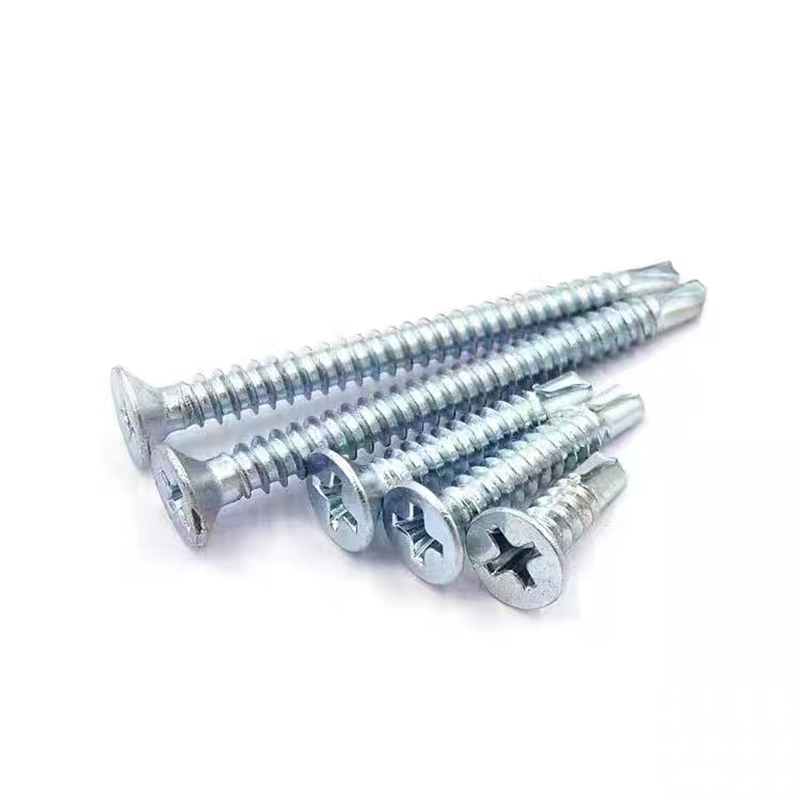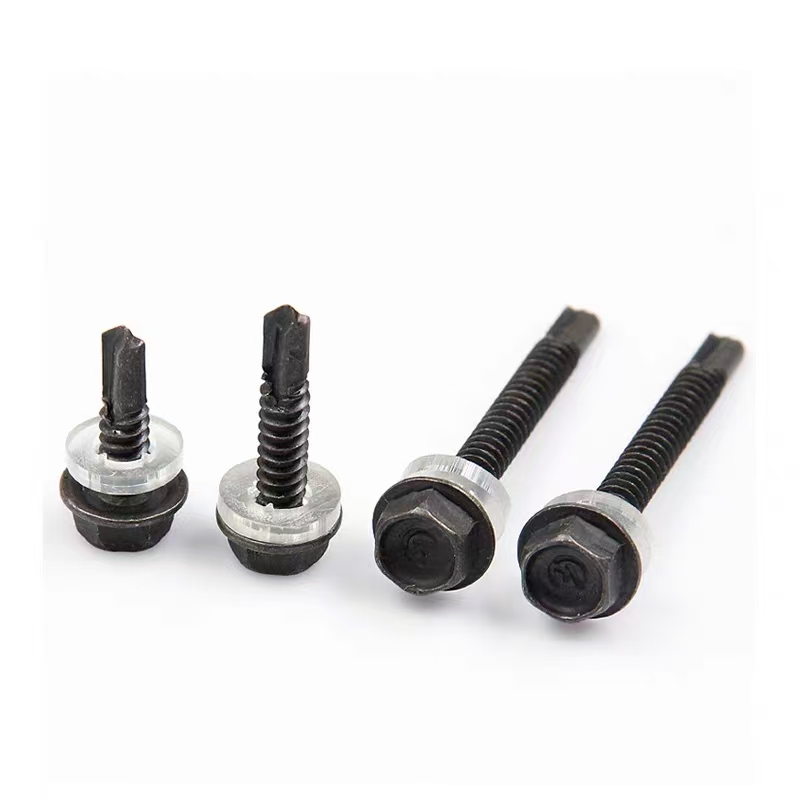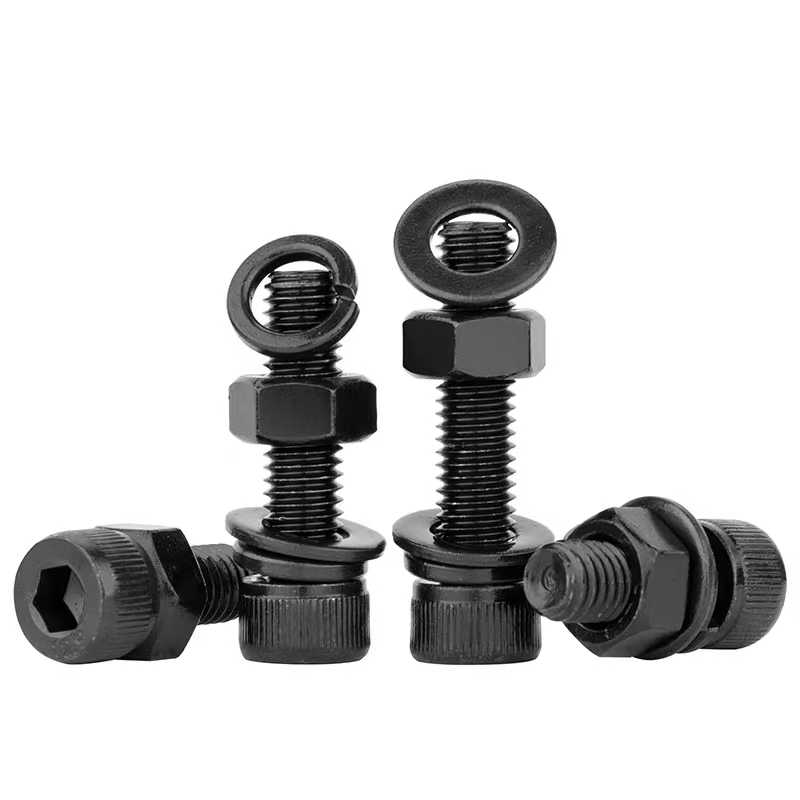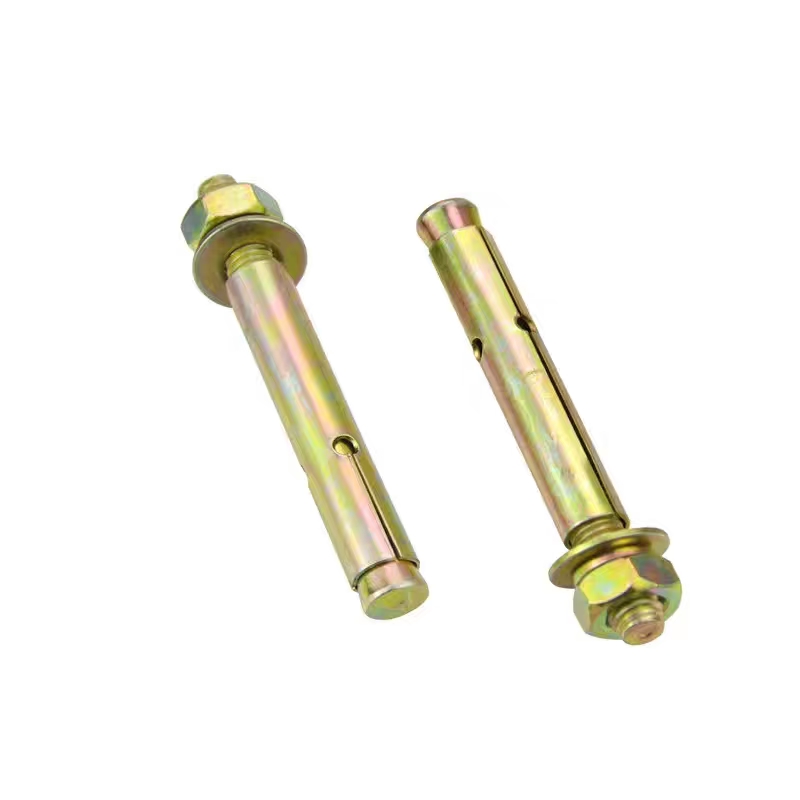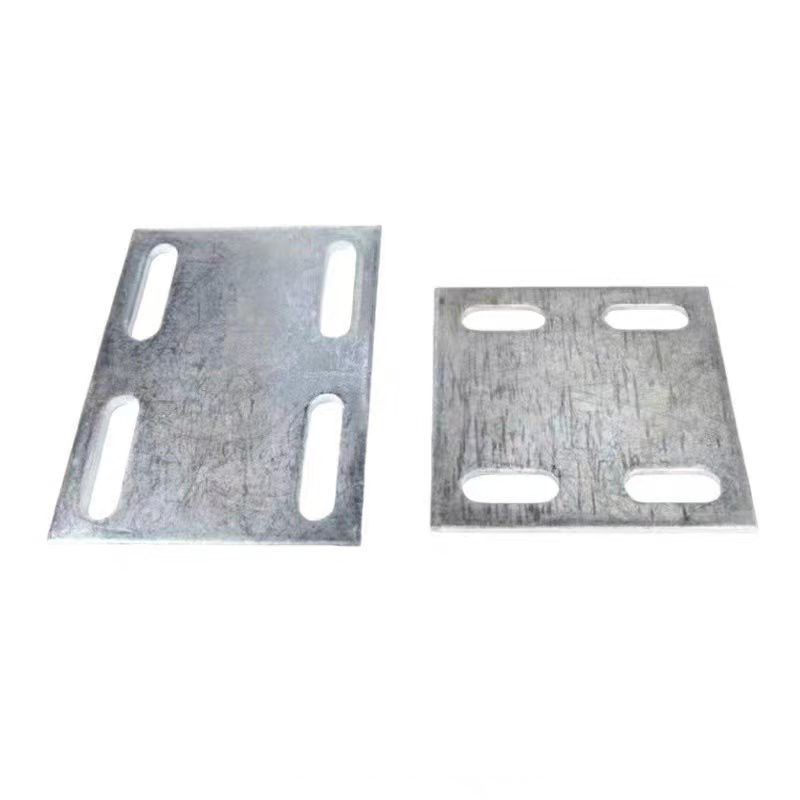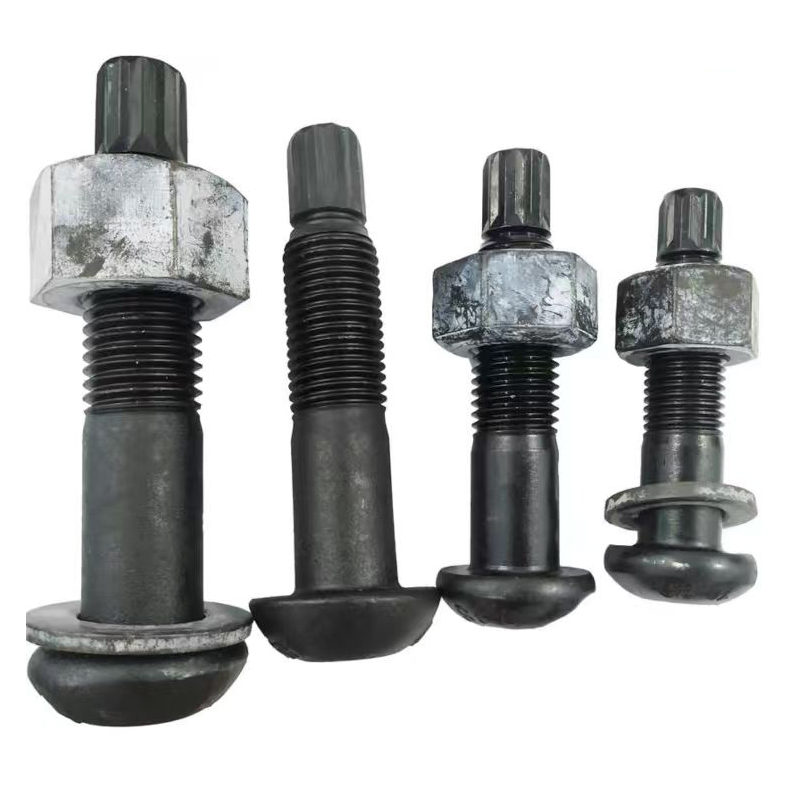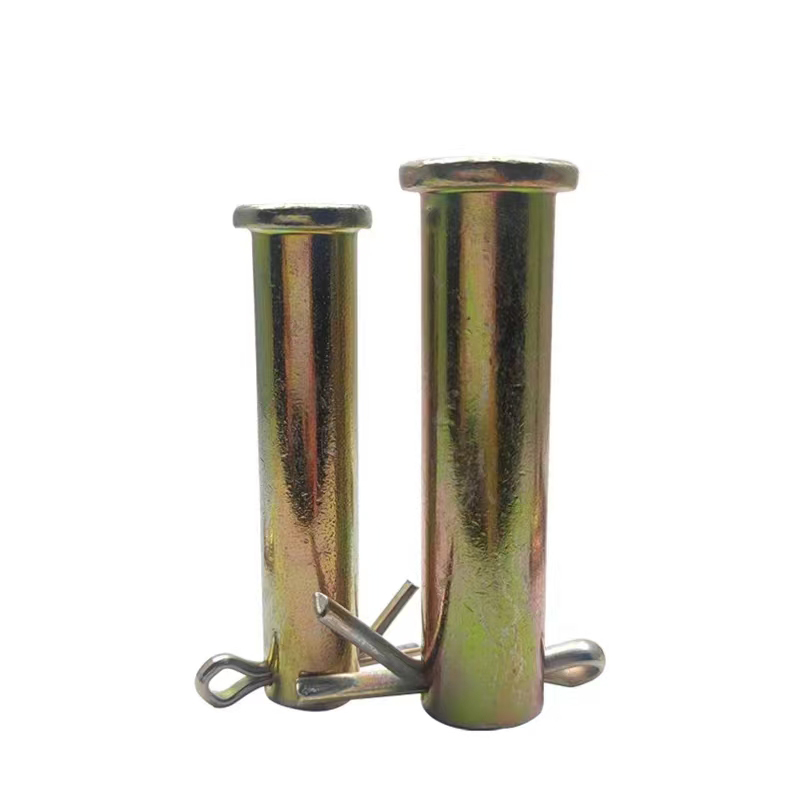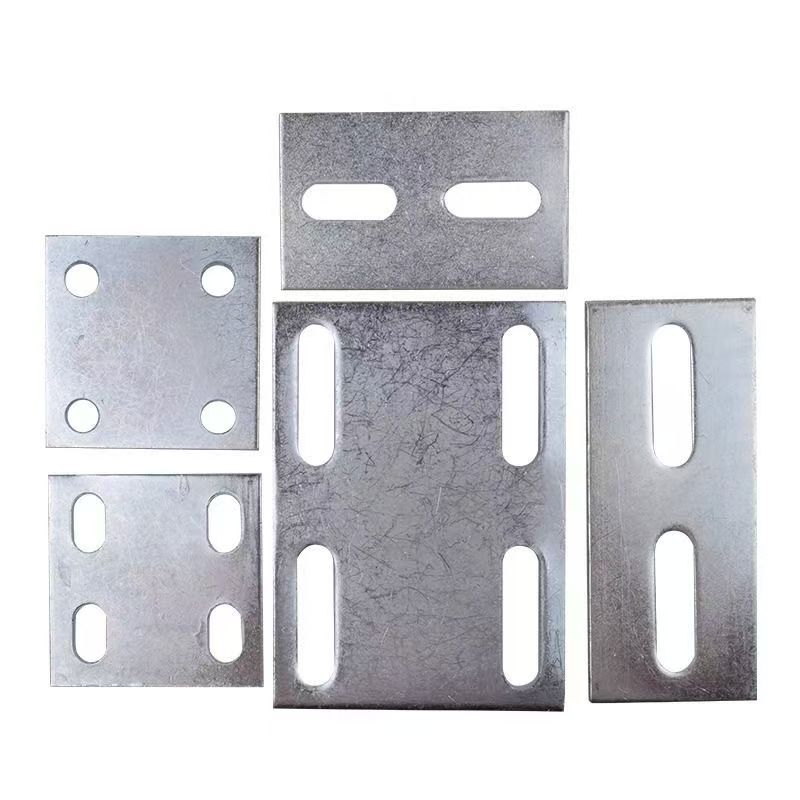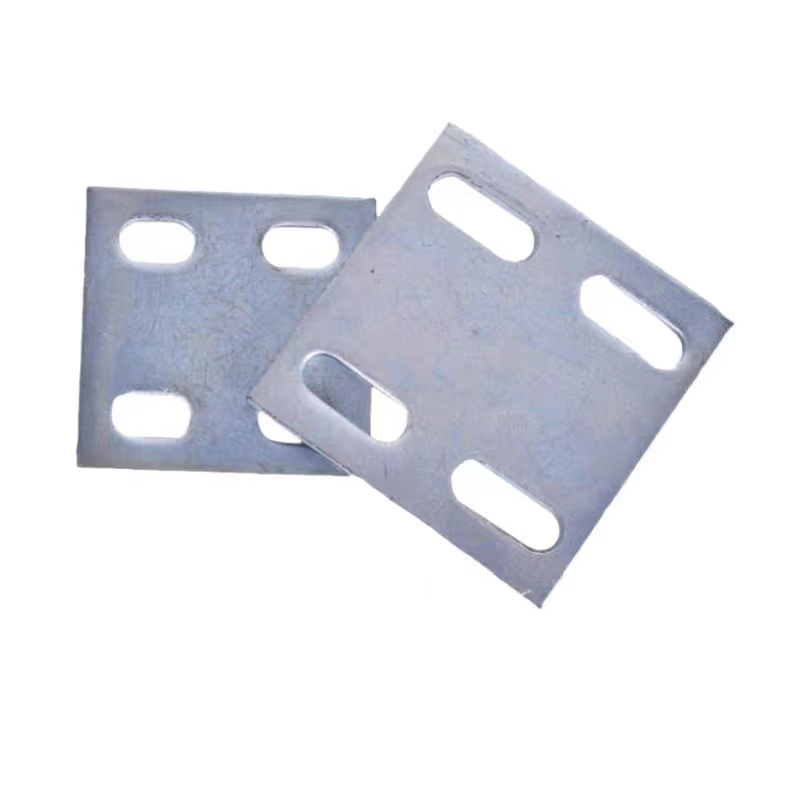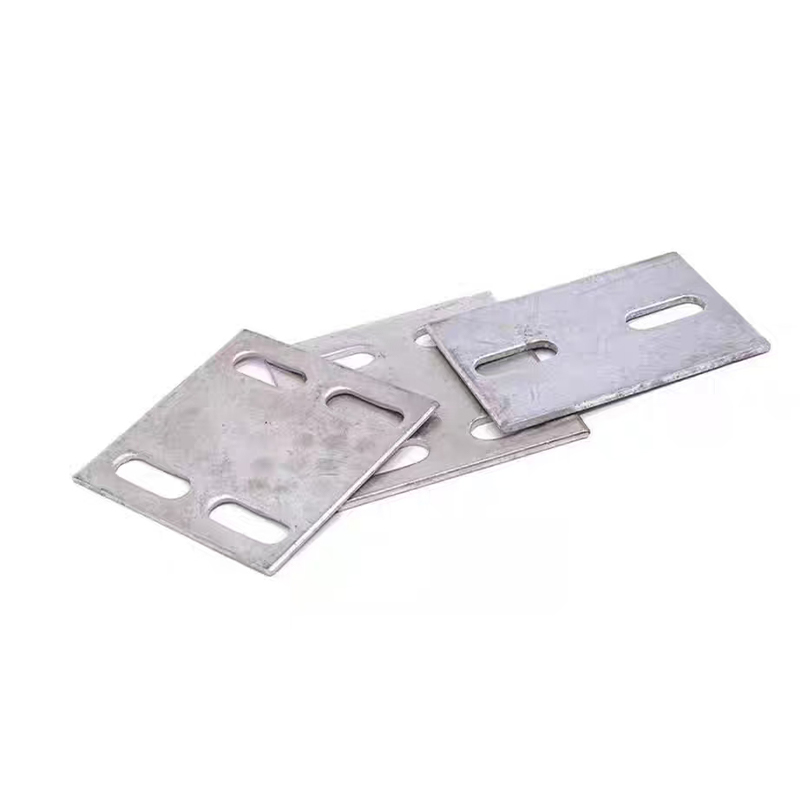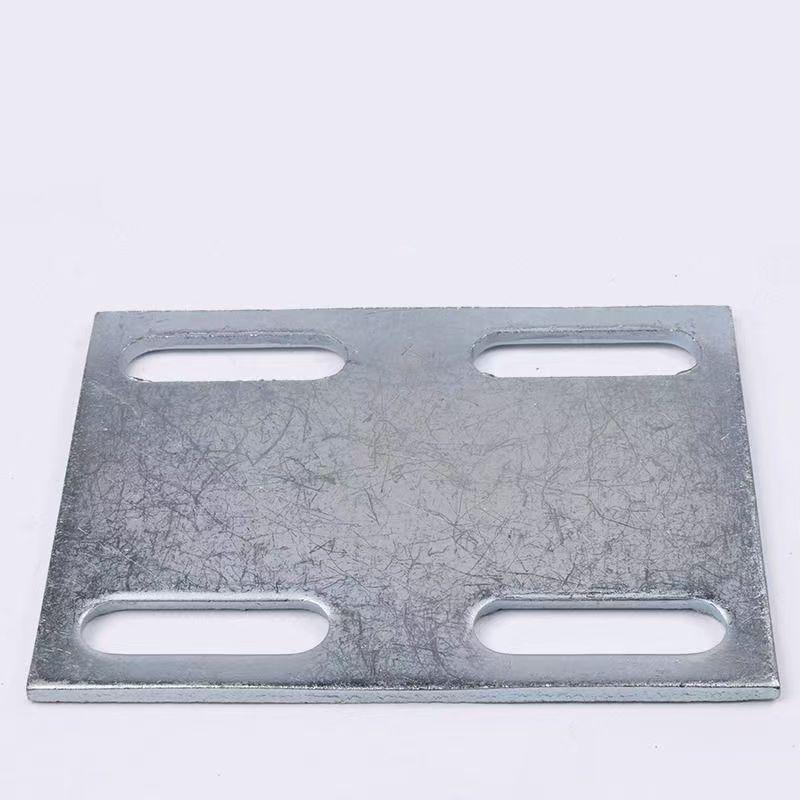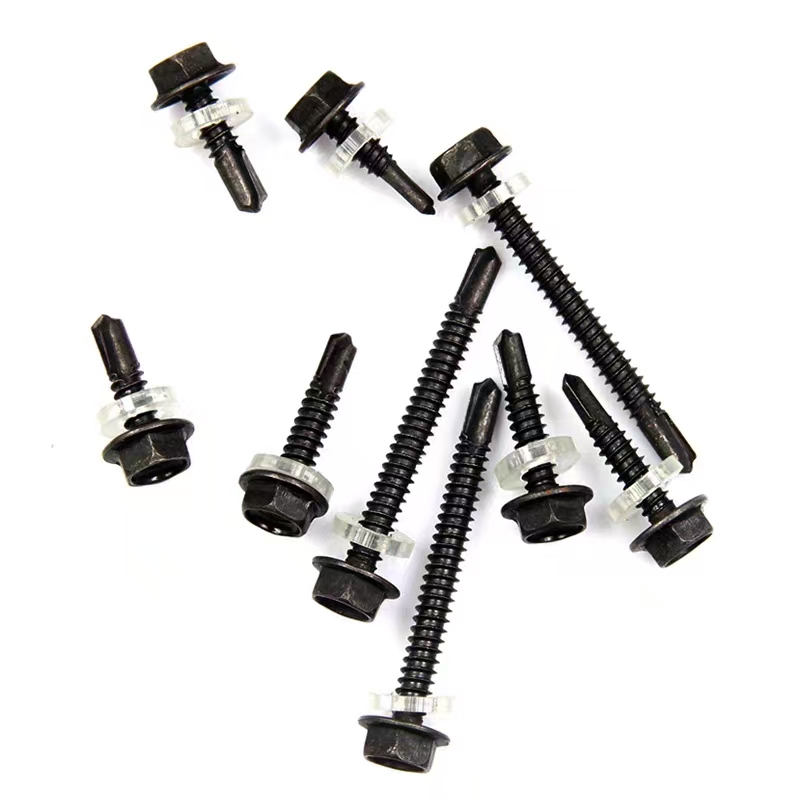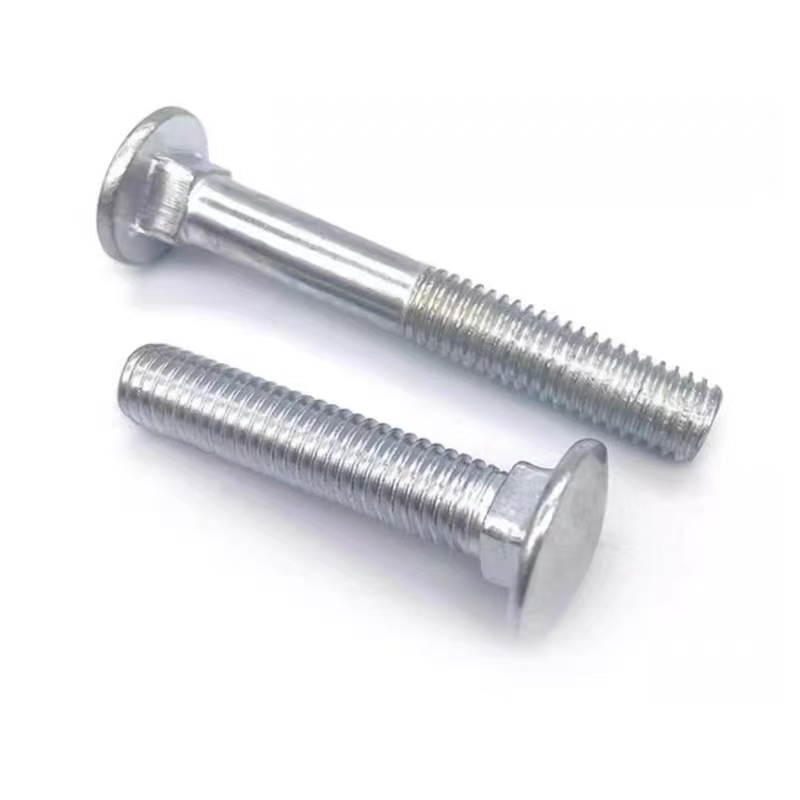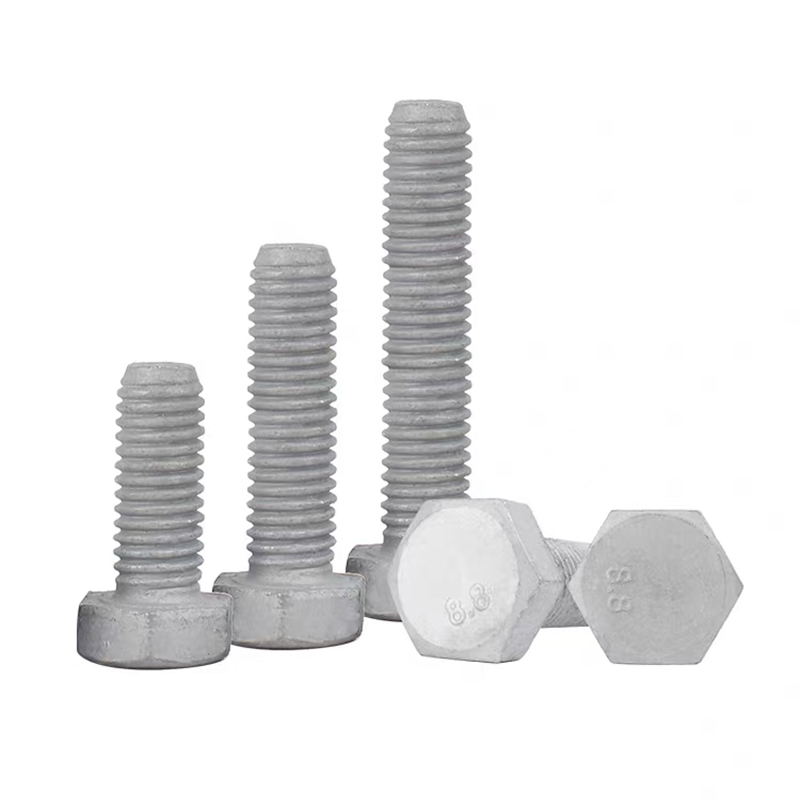- Chinese
- French
- German
- Portuguese
- Spanish
- Russian
- Japanese
- Korean
- Arabic
- Irish
- Greek
- Turkish
- Italian
- Danish
- Romanian
- Indonesian
- Czech
- Afrikaans
- Swedish
- Polish
- Basque
- Catalan
- Esperanto
- Hindi
- Lao
- Albanian
- Amharic
- Armenian
- Azerbaijani
- Belarusian
- Bengali
- Bosnian
- Bulgarian
- Cebuano
- Chichewa
- Corsican
- Croatian
- Dutch
- Estonian
- Filipino
- Finnish
- Frisian
- Galician
- Georgian
- Gujarati
- Haitian
- Hausa
- Hawaiian
- Hebrew
- Hmong
- Hungarian
- Icelandic
- Igbo
- Javanese
- Kannada
- Kazakh
- Khmer
- Kurdish
- Kyrgyz
- Latin
- Latvian
- Lithuanian
- Luxembou..
- Macedonian
- Malagasy
- Malay
- Malayalam
- Maltese
- Maori
- Marathi
- Mongolian
- Burmese
- Nepali
- Norwegian
- Pashto
- Persian
- Punjabi
- Serbian
- Sesotho
- Sinhala
- Slovak
- Slovenian
- Somali
- Samoan
- Scots Gaelic
- Shona
- Sindhi
- Sundanese
- Swahili
- Tajik
- Tamil
- Telugu
- Thai
- Ukrainian
- Urdu
- Uzbek
- Vietnamese
- Welsh
- Xhosa
- Yiddish
- Yoruba
- Zulu
- Kinyarwanda
- Tatar
- Oriya
- Turkmen
- Uyghur

Products
Electrogalvanized embedded plate
Q235 or Q355 carbon steel, the thickness of the steel plate is usually 6-50mm, the diameter of the anchor bar is 8-25mm, in line with GB/T 700 or GB/T 1591 standards.
Description
marker
Material and process
Base material: Q235 or Q355 carbon steel, the thickness of the steel plate is usually 6-50mm, the diameter of the anchor bar is 8-25mm, in line with GB/T 700 or GB/T 1591 standards.
Surface treatment: A 5-12μm electrogalvanized layer is formed on the surface through an electrolytic process, in line with GB/T 13912-2002 standards, blue-white passivation (c1B) or bright passivation (c1A) can be selected, and the salt spray test is up to 24-48 hours without white rust.
Structural design
Anchor bar form: straight anchor bar (mainly tensile) or bent anchor bar (tensile strength enhancement), anchor bar and anchor plate adopt T-type welding or perforation plug welding, the weld height is ≥6mm to ensure the connection strength.
Size: Common specifications include 200×200×6mm, 300×300×8mm, and special sizes can be customized.
Performance characteristics
Anti-corrosion performance: Suitable for indoor dry environments or slightly humid scenes, such as steel structure connections of office buildings, residential buildings, etc.
Bearing capacity: Taking M12 anchor bars as an example, the tensile bearing capacity in C30 concrete is about 28kN, and the shear bearing capacity is about 15kN (specific calculations need to be made according to the design).
Environmental protection: Electroplating zinc does not contain hexavalent chromium, complies with the RoHS environmental protection directive, and is suitable for projects with high environmental requirements.
Application scenarios
Architectural field: curtain wall brackets, door and window fixings, equipment foundation embedded parts, etc.
Mechanical installation: machine tool bases, production line equipment fixings, industrial scenes that require precise positioning.
Key comparison and selection suggestions
| Comparison items | Electrogalvanized embedded plate | Hot-dip galvanized embedded plate |
| Coating thickness | 5-12μm | 45-85μm |
| Salt spray test | 24-48 hours (neutral salt spray) | More than 300 hours (neutral salt spray) |
| Corrosion resistance | Indoor or slightly humid environment | Outdoor, high humidity, industrial pollution environment |
| Bearing capacity | Medium (lower design value) | High (higher design value) |
| Environmental protection | No hexavalent chromium, excellent environmental protection | May contain hexavalent chromium, must comply with RoHS standards |
| Cost | Low (low initial investment) | High (high initial investment, low long-term cost) |
Selection suggestions:
Environmental factors: Hot-dip galvanizing is preferred for outdoor or highly corrosive environments; electrogalvanizing can be selected for indoor or dry environments.
Load requirements: Hot-dip galvanizing must be used in high-load scenarios (such as bridges and heavy machinery), and weld flaw detection and pull-out tests must be performed in accordance with GB 50205-2020.
Environmental requirements: Electrogalvanizing is recommended for sensitive industries such as medical and food; hot-dip galvanizing is acceptable for general industrial projects (it is necessary to confirm that the hexavalent chromium content is ≤1000ppm).
Installation Note: After welding, the damaged coating needs to be repaired with zinc (such as coating with zinc-rich paint) to ensure the overall anti-corrosion performance.





